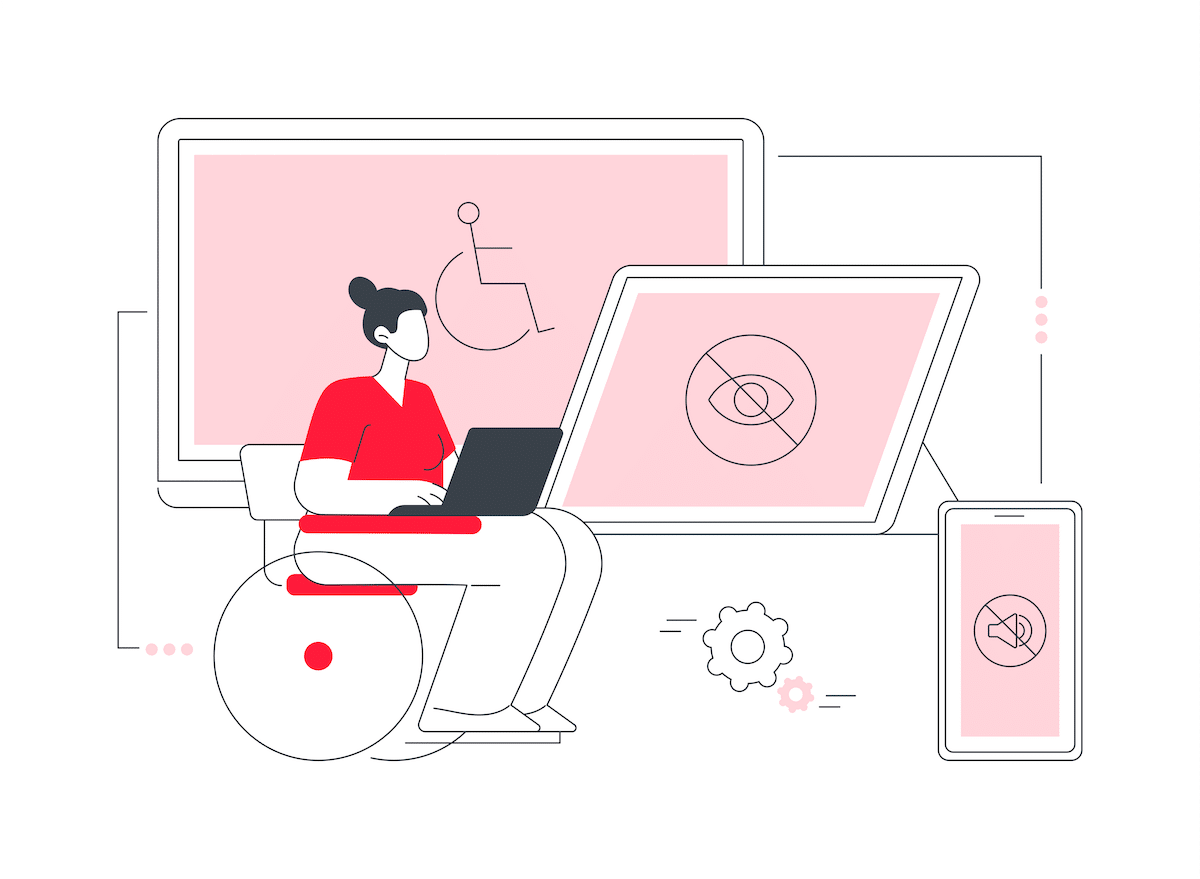1 in 7 people across the UK live with a disability, facing daily barriers that cause significant social displacement. Accessibility is not just about physical barriers but also includes cognitive, visual and hearing impairments. Designers, developers, product managers and stakeholders must understand the importance of accessibility and the challenges faced by users. Unfortunately, accessibility is often overlooked, which creates usability barriers, exclusion, frustration and discrimination.
Imagine pushing a shopping trolley with a broken wheel every time you go to the supermarket. It’s frustrating, exhausting, and takes away from the overall shopping experience. Now imagine having to use a digital product that is not accessible every time you need to complete a task or access important information. Similar to the shopping trolley, it can be a daily struggle that hinders productivity and enjoyment. For users with disabilities, navigating digital products that are not designed with accessibility in mind can be a constant source of frustration and exclusion.
Some key statistics:
- There are 14 million disabled people in the UK, which represents 22% of the population
- Disabled people are more likely to be unemployed (51.7% employment rate) than non-disabled people (81.7% employment rate).
- 1 in 6 UK adults affected by hearing difficulty: 8 million are aged 60+.
- 75% of disabled people experienced barriers when using websites, and 70% using apps.
- Only 1 in 10 UK websites meets minimum accessibility standards.
- A study conducted by the Royal National Institute of Blind People (RNIB) in 2020 concluded that 70% of blind and partially sighted people felt that the pandemic exacerbated the number and significance of accessibility barriers they experience.
Honestly, do you think we’re doing enough for accessibility?
Leaning on my past experiences as a product designer, a lack of awareness, limited education, trade-offs, compliance-driven strategies, and the absence of testing are some of the challenges that are hindering accessibility efforts and progression. However, there are opportunities for improvement. For example:
- Education and awareness: Conduct training sessions, presentations and distribute relevant resources to ensure that all stakeholders understand the importance of accessibility.
- Promote accessibility testing: Rigorous testing is critical to identify usability barriers and can be used to evaluate a product against accessibility guidelines and standards. The collaboration with users with impairments during the design and development process will help understand their specific needs and challenges in more detail.
- Simplified guidelines: Accessibility guidelines such as WCAG (Web Content Accessibility Guidelines) and EAA (European Accessibility Act) can be challenging to comprehend or decipher for those who are unfamiliar with the technical terminology. Simplified guidelines to provide digestible content and using plain language will significantly increase the level of understanding. In addition, examples would be helpful to clarify key principles.
For the avoidance of any doubt, a study conducted by Accenture in 2020, “Enablement. The impact of accessible technology on business outcomes”, concluded that organisations that prioritise accessibility, financially exceed their competitors.
Future trends in accessibility to consider
New technologies and functionality have made wearable devices and voice interfaces increasingly popular in recent years, significantly helping users with disabilities. For example, haptic feedback provides notification alerts or the confirmation of actions and is particularly useful for people with hearing impairments. Similarly, voice interfaces, such as the Amazon Alexa, provide benefits such as hands-free operation. This enables users to operate devices completely hands-free which is also beneficial for people with motor impairments that affect their ability to use traditional input methods, such as a keyboard or a mouse.
Embracing evolving technologies, such as virtual reality (VR), augmented reality (AR) and artificial intelligence (AI) have the opportunity to revolutionise accessibility by automating tasks, to create a more personalised experience for users with impairments. But it’s still important to ensure that AI is designed and implemented in an inclusive manner, and doesn’t perpetuate biases or discrimination. As technology continues to advance, there are many exciting opportunities to improve accessibility. By staying up to date with accessibility best practices and continuing to innovate in this area, we can ensure digital products and services are accessible to everyone.
Accessibility is not a “one-time fix” and despite a significant shift towards fully incorporating accessibility into design and development processes. It’s important to recognise that it is a multi-disciplinary process that will only thrive from continuous learning, collaboration and engagement, to advance our accessibility efforts and progression.
Designing with accessibility at the forefront creates equal opportunities and removes the barriers previously preventing users with disabilities from fully engaging with digital products or services. By implementing strategic accessibility principles in product development processes, organisations will expand their customer base, significantly improve the user experience, comply with regulations and improve brand perception that resonates with customers and drives loyalty.
At Zenitech, we strongly believe in the importance of accessibility and are committed to achieving automatic and universal access to all digital products and services. We understand that an accessible and inclusive digital environment is not only important for regulatory compliance, but also presents an opportunity to invest in exceptional user experience, demonstrating true empathy towards all users and their individual needs.
The Zenitech Digital Practice is dedicated to empowering your organisation to achieve ongoing accessibility, through strategic recommendations aligned with WCAG. We are passionate about creating a fully inclusive digital environment and would love to discuss how it can help you achieve your goals.





